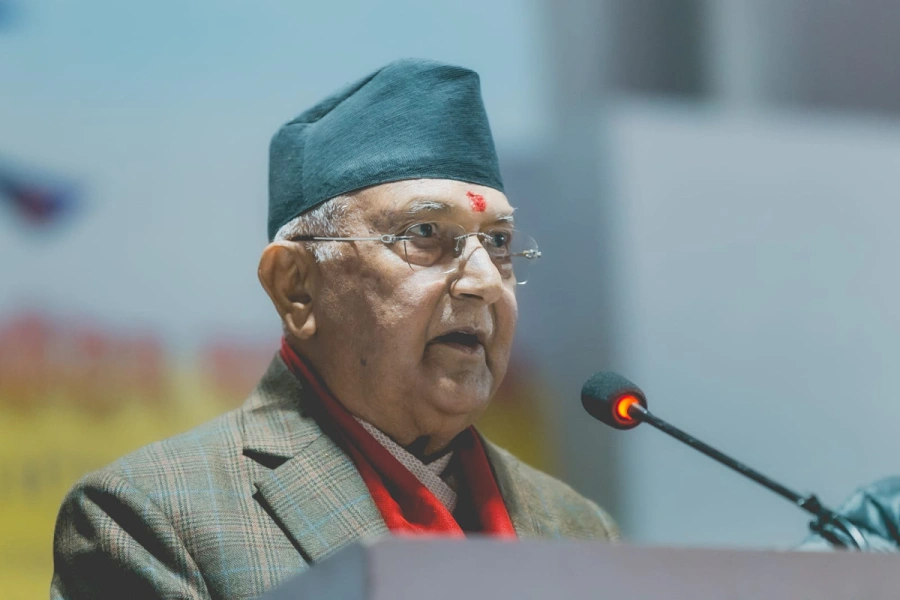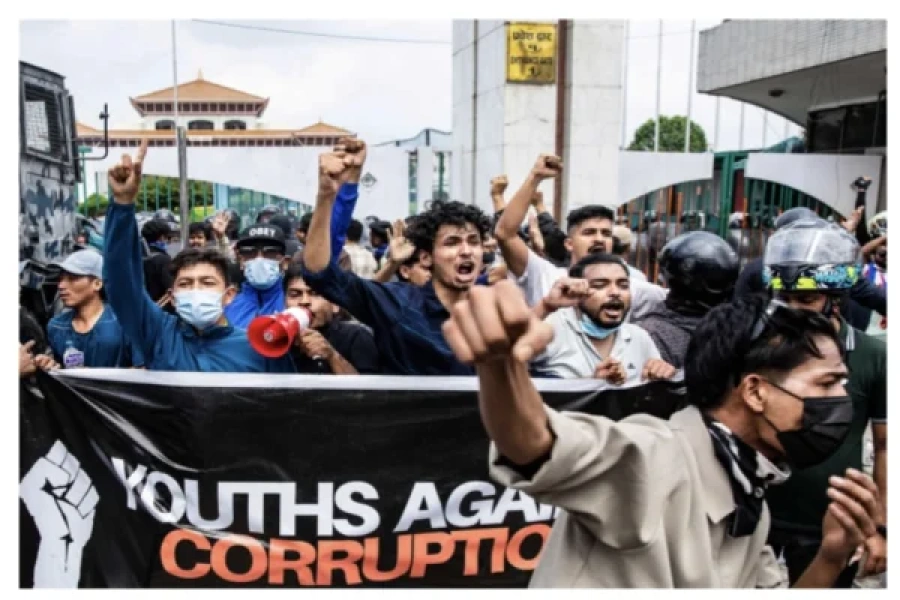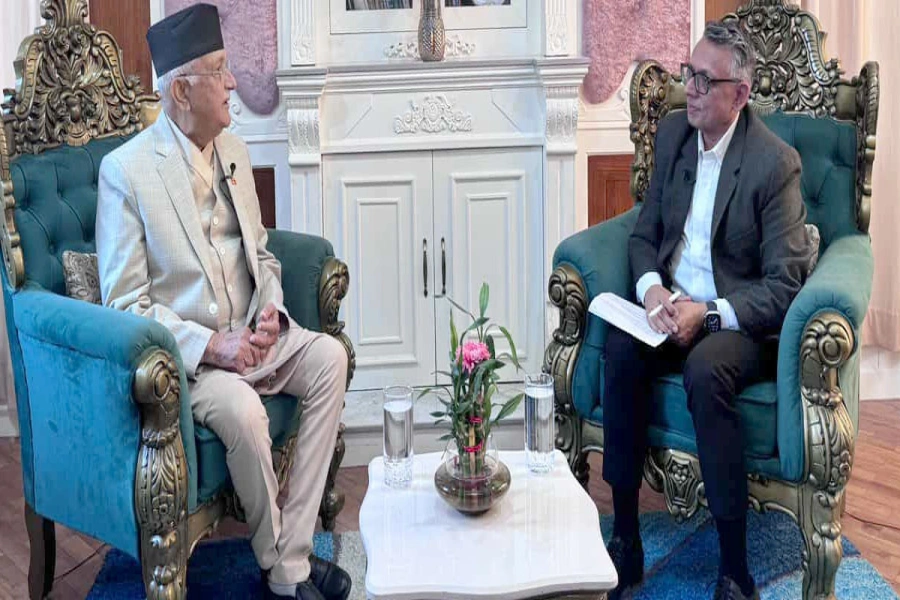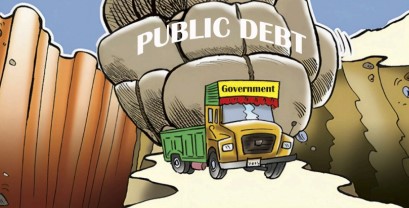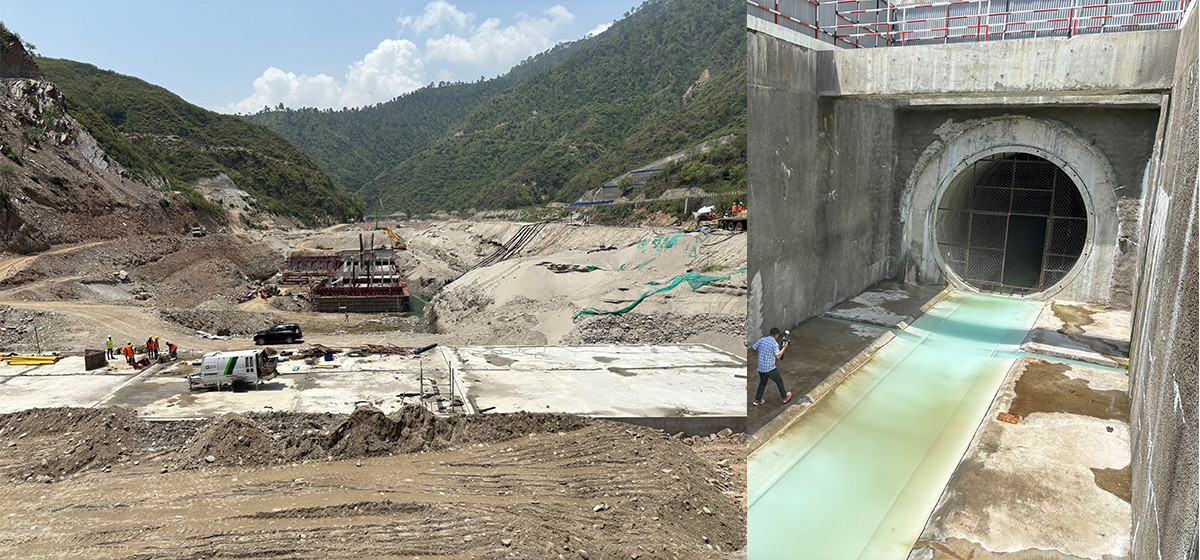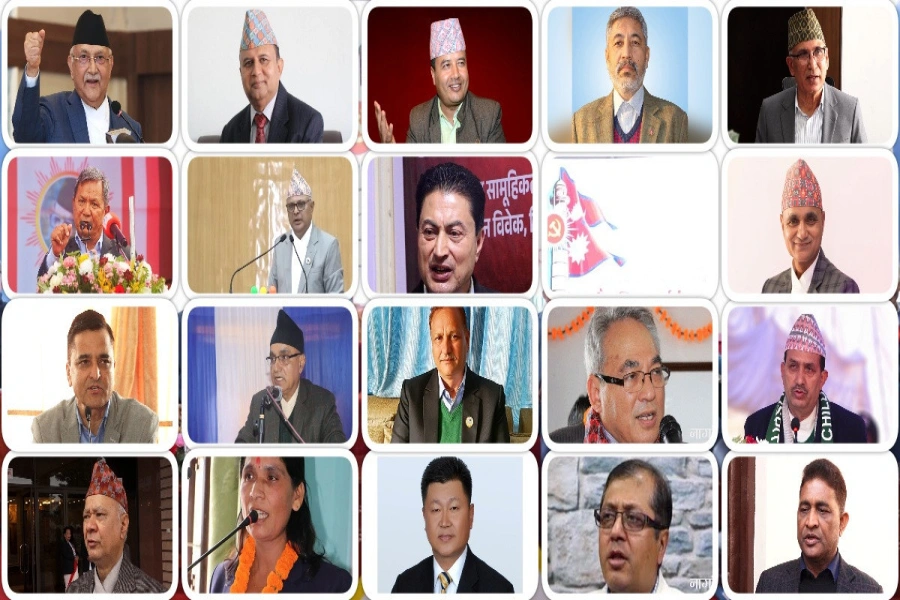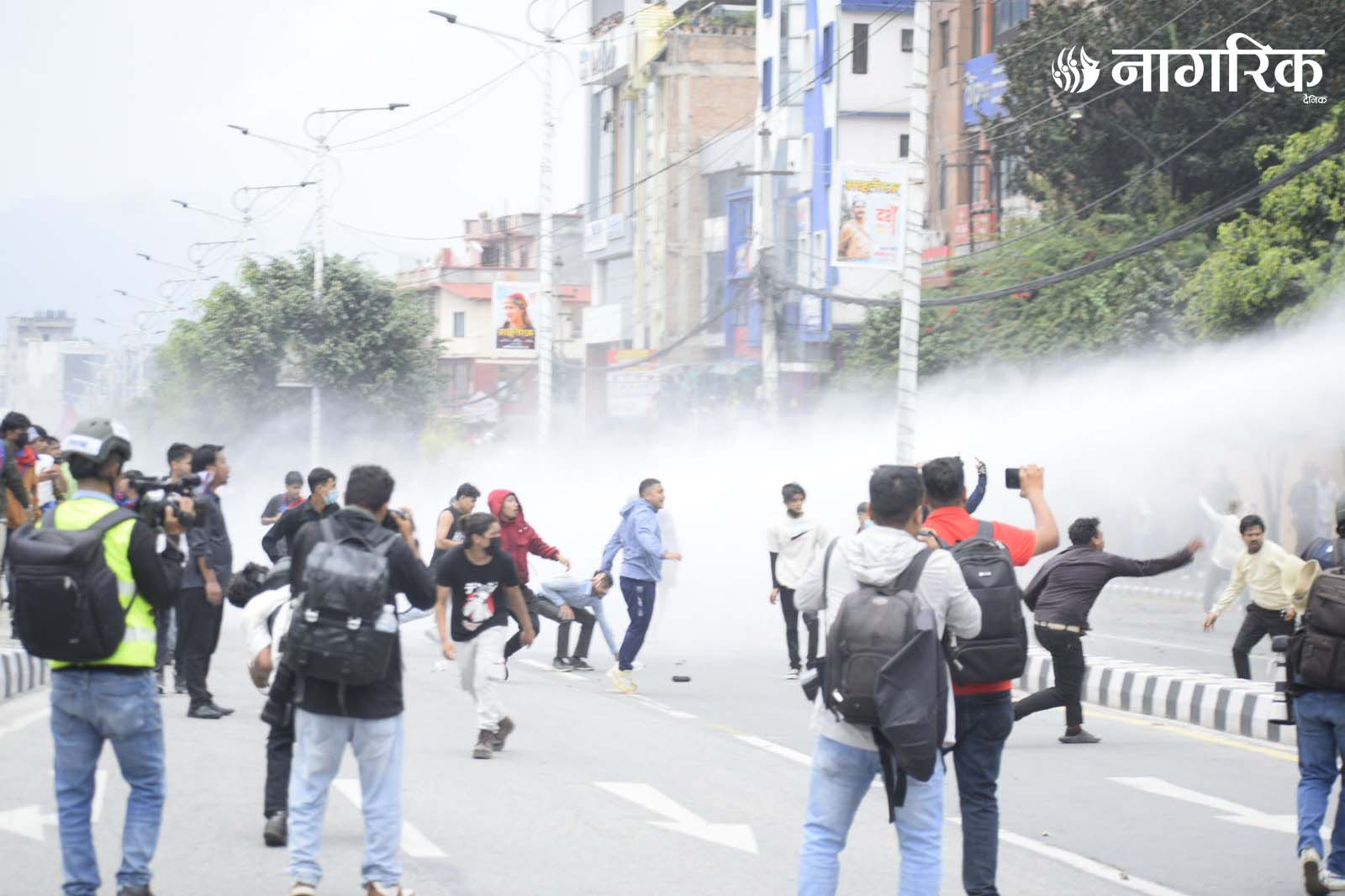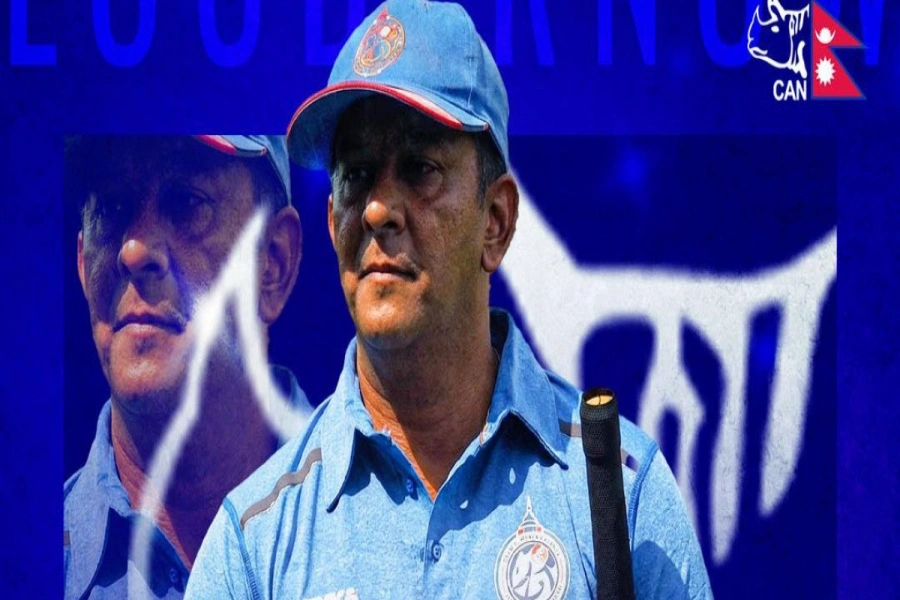KATHMANDU, June 9: The government has remained firm on its decision to enforce a “take-and-pay” model for power purchase agreements (PPAs), despite growing dissatisfaction from private sector hydropower developers.
The new PPA condition, introduced in the annual budget for the fiscal year 2025/26 announced on May 29, requires that electricity generated by private producers will be purchased by the Nepal Electricity Authority (NEA) only when there is demand. Private power developers argue that the policy will significantly dampen investment in the sector.
Ganesh Karki, President of the Independent Power Producers’ Association Nepal (IPPAN), said the provision discourages new investments, as banks and financial institutions are hesitant to finance projects that do not guarantee returns. He added that developers have declined to sign new PPAs with the NEA under this model.
Chinese private firm makes debut in Nepali hydropower sector

The NEA first introduced the “take-and-pay” modality in 2014. Unlike the "take-or-pay" system, where the NEA must pay for electricity regardless of whether it is used, the "take-and-pay" model allows the NEA to pay only for electricity it actually consumes, especially during periods of low demand.
“The new provision is necessary to align electricity production with actual consumption,” the budget document states.
However, IPPAN criticized the government for mandating the policy to protect the NEA, which has reportedly been incurring losses since the departure of former Managing Director Kulman Ghising. With low domestic consumption during the rainy season—when hydropower plants operate at peak capacity—IPPAN suspects the new measure is aimed at improving the NEA’s financial health.
According to IPPAN, more than 350 hydropower projects with a combined capacity of 17,000 megawatts are either undergoing feasibility studies or awaiting government approval for PPAs. The association warned that the Rs 66 billion already invested in these studies is now at risk due to the policy shift.
Finance Minister Bishnu Prasad Paudel, however, defended the government’s stance, saying, “The new policy will not affect private developers in their energy production.” He made the remark during a meeting with IPPAN representatives on Sunday.
Currently, with few exceptions, private developers are not permitted to sell electricity independently and must sell exclusively to the NEA. IPPAN said the “take-and-pay” model is likely to adversely impact these projects due to the lack of alternative buyers.
“The government’s insistence on this modality contradicts its own Energy Development Roadmap 2081, which targets generating 28,500 megawatts,” IPPAN said in a statement. “It also poses a significant barrier to achieving the energy goals outlined in the 16th Five-Year Plan of the National Planning Commission.”



